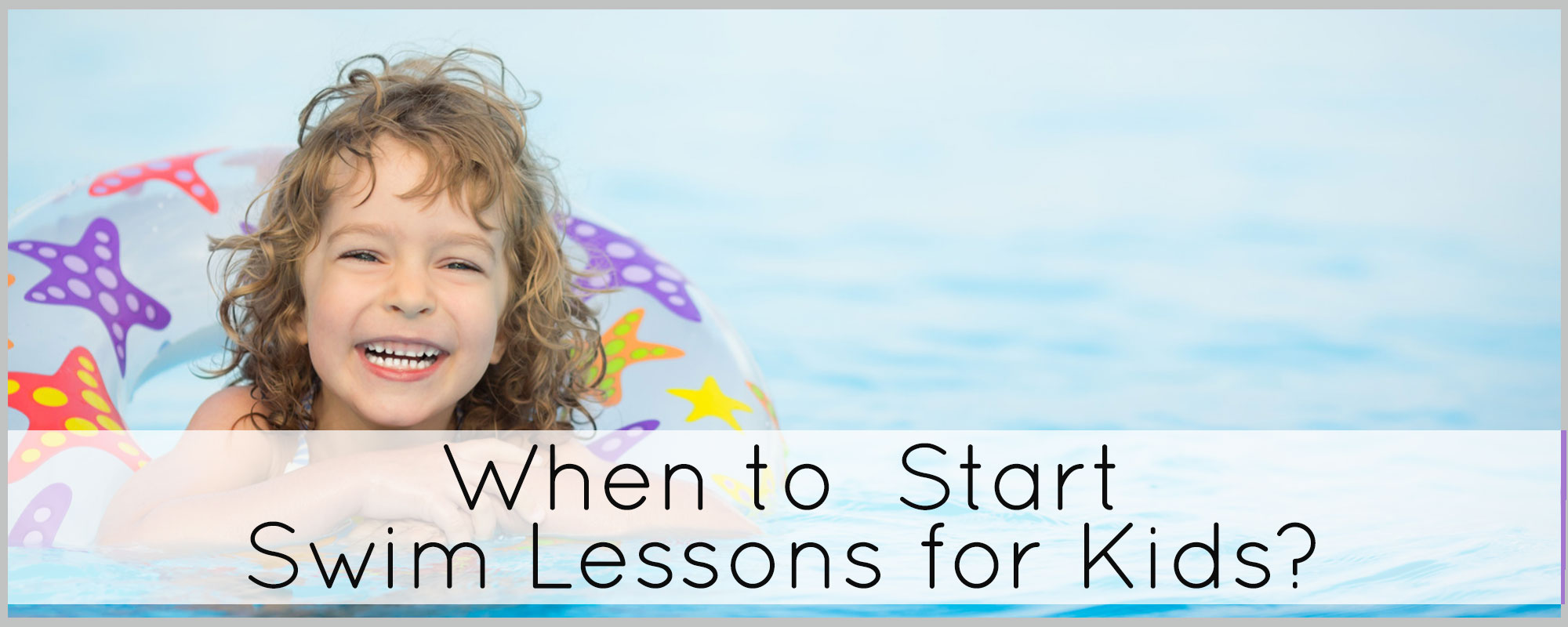Swimming is probably the most exciting and memorable activities in a child’s life. Most of us have fond childhood memories spending long summer days in the pool with our friends playing fun games like Marco Polo and beach ball. I remember going to swimming school when I was about five or six years old. My mom wanted me to learn swimming early on because we spend most summers by the pool. I don’t recollect going swimming before having had lessons or how my mom kept me safe around the pool or at the beach during my childhood. At that age, we didn’t hear much about accidental drownings.
Nowadays news travels fast, thanks in part to technology and the internet. Unfortunately, drowning has become one of the leading causes of death among toddlers. According to the American Academy of Pediatrics, most drownings in young children occur in the child’s home pool, largely when they have been left unsupervised for less than 5 minutes. Drownings usually occur in the summer months when children spend most of their time around or near a pool. From May to August, drownings are at their highest and mostly occur on the weekends (Friday to Sunday) between noon and 6pm. According to AAP in 2006, 1100 children under the age of 20 died from drowning, and for every child who drowns, three or four receive emergency care for near-drowning or non-fatal submersion injuries, some of which lead to serious injuries including brain damage.
Swimming lessons are probably one of the most important lessons in your child’s life. The American Academy of Pediatrics previously recommended parents begin formal swimming lessons after children turn 4 years of age. That is the age that children are thought to be ‘developmentally ready’ for swim lessons. That advice has now been updaed. While the AAP still recommends that all children who are four years old and older begin taking swimming lessons, they are no longer against aquatic programs and swimming lessons for younger toddlers and preschoolers between the ages of one to four years old.
It’s important for parents to remember that even if a younger child takes swimming lessons, it will not make them ‘drown-proof’. While Infant and toddler aquatic programs are very popular among parents and kids and are a good way to teach children to enjoy spending time in the water, these programs may not significantly decrease your child’s risk of drowning and are not a substitute for adult supervision and safety in the water. The AAP does not strongly recommend children one to four years of age to take swimming lessons. They are, however, saying it’s ok to take swimming lessons at that age if parents supervise the child in or near the water.
Some parents think early lessons will teach their child to become a better swimmer. Studies have shown that early swimming lessons will not teach your child to swim faster or be a better swimmer. One study showed that children’s readiness for learning front crawl swimming, whether they started lessons at 2, 3 or 4 years of age, all learned to swim well at approximately the same age of 5 1/2 years.
Adult supervision is critical when young children are in or around water. Even with floaties or a life vest, you should practice touch supervision, which is described as a caregiver being within arm’s reach or able to touch the swimmer at all times. Enjoy your summer and stay safe!











Leave A Comment